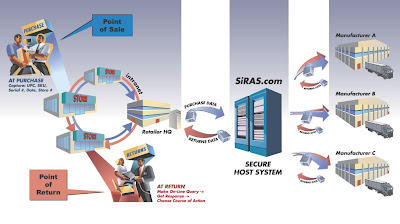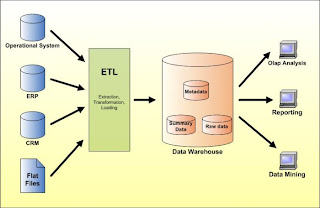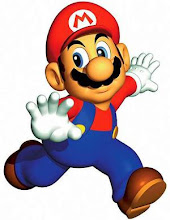
Examples of hardware, the physical components of computer, sold by Nintendo are:
- Consoles
Game Cube, Wii - Handhelds
Game Boy, Nintendo DS - Arcade
Nintendo Classic - Peripherals
Famicom Four-way Adapter - Technology
Nintendo optical discs • MultiAV
Nintendo is maintained by a distributed network of engineers and software developers such as Shigeki Yamashiro, Yukimi Shimura or Katsuhiko Kanno who are part of the NST. Nintendo Software Technology Corporation (NST), was created to specifically create gaming software for Nintendo of America. It is responsible for game development for Wii console, Gameboy, Nintendo DS etc. NST has 2-3 development teams who brings different perspective into the gaming industry. Nintendo also have Tech Support Forums on its domain www. nintendo.com. It is a place where you can ask and answer technical questions about any Nintendo product.
Nintendo uses ES open-source operating system developed originally by Nintendo and since 2008 by Google. Open-source operating system uses source code that is publicly available and free of charge. It allows users to modify software to suit their needs and take control over their device.
Even though Linux is not officially used with Nintendo, Nintendo products, such as Nintendo DS, makes a great platform product for running open source software such as Linux. It can turn Nintendo DS into rather useful all around computing device.
Nintendo uses vertical market application software, which is unique for this particular gaming industry. It has variety of application software including gaming software which was especially developed by Nintendo for its products.
Links














